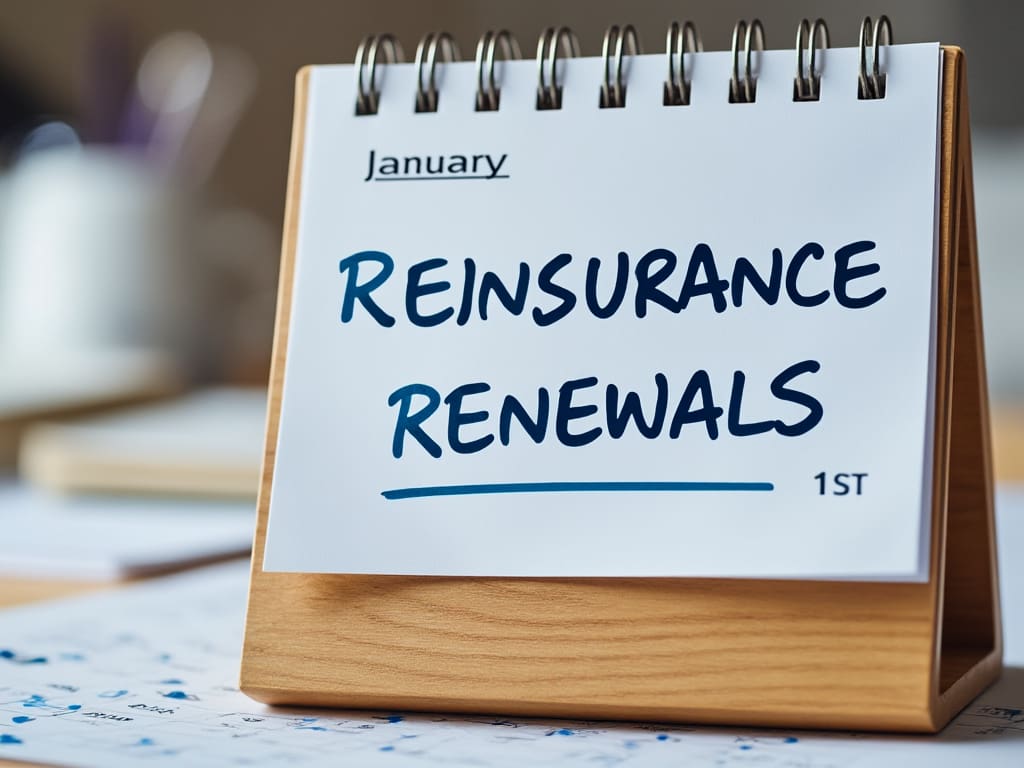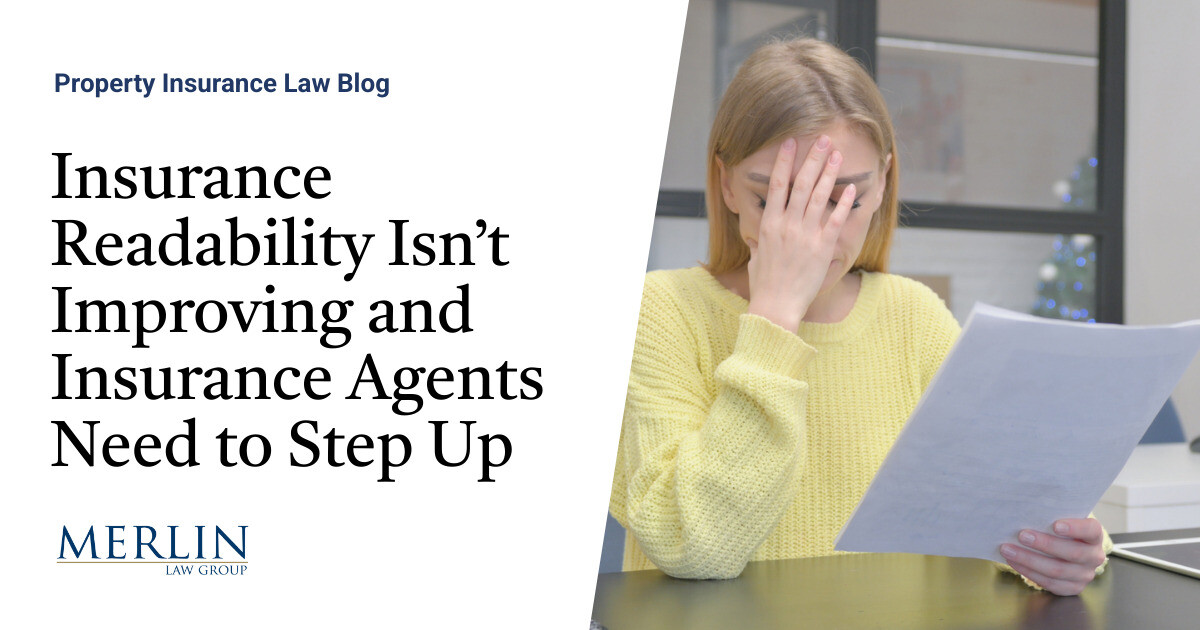
If the Atlantic wind season continues to be relatively benign for the global reinsurance market there is a chance property catastrophe rate declines at 1/1 2026 may reach into the 15% to 20% range, analysts at Citizens JMP Securities have said.But even then, given the high-level that rates are softening from, the situation is not seen as dire.The Citizens JMP equity analyst team explain that supply of capital is outpacing demand in reinsurance, resulting in the pressure on rates seen through recent renewal rounds.As ever, it is the property catastrophe reinsurance and retrocession sector that feels the brunt of any softening, as this attractive area for returns is the segment of the industry where the capital markets play their biggest role.
While catastrophe bond risk capital has of course grown meaningfully, overall insurance-linked securities (ILS) capital has not expanded at an especially significant rate.But, with traditional reinsurers generating excess capital through their strong retained earnings, while the ILS market has freed up trapped collateralized capacity, meaning there is more deployable limit available from ILS managers now, this is all pressuring the property cat space and with major loss activity relatively minimal in recent months and through wind season so far, the expectation is the pressure persists and perhaps accelerates.Property cat reinsurance is becoming a buyers market, the analysts explain, especially so if wind season remains calm.
The Citizens JMP Securities analyst team explain, “In simple terms supply is outpacing demand and if the wind season remains calm, that dynamic is only likely to accelerate.Consensus among the meetings we had in Monte Carlo was that the starting point is the down ~10% range we’ve seen at recent renewals, with it likely taking a very sizable event to bring pricing back toward flat, with potential for rate declines to accelerate toward down 15%-20% (higher end for retro) if wind season remains calm and there are no other major events before year-end.” This aligns with the views of the majority of the equity analysts covering the reinsurance sector, that January 2026 renewals could see property cat rates declining at their fastest pace since the hard market, if loss activity remains below budgets for the sector.The expectation that retrocession will soften at the higher-end is also widely shared.
However, it is worth noting that some of the major reinsurers have said that the projections for rates shared around the recent Monte Carlo Rendez-vous event are seen as too steep and they anticipate softening being more measured at 1/1 2026.But, even at the higher-end of current projections, the analysts from Citizens JMP Securities feel that property cat rate declines in the double-digits are not dire for the reinsurance industry.They explain, “All that said, we do not believe the situation is dire for reinsurers as absolute pricing levels in property cat remain robust and supportive of above-target returns.
In many cases, property cat remains the highest return business in a portfolio, hence why it is attracting capital at a faster pace than demand is growing.“While there are no signs of new start-up reinsurers, third party capital is growing and likely to roll ’25 profits into ’26.From a stock perspective, we believe investors may exercise caution around property-heavy reinsurers (i.e.
RNR) in the face of accelerating pricing declines (despite the fact current returns remain highly attractive) while those that purchase large sums of property cat protection (i.e.AII, HCI, HRTG, PLMR, SLDE) are likely to be viewed more favorably.” In addition, the analysts believe that reinsurers are now more willing to provide aggregate protection, another area of discussion at the RVS this year.“Reinsurers broadly seem willing to again consider aggregate products, but in a much more targeted/restricted manner than the low-level earnings protection products popular in recent soft markets.
While many reinsurers admitted rates would decline, they were adamant that they would hold the line on terms and conditions.However, many brokers we met with suggested that simply isn’t true in the sense that nearly all of them are at least selectively considering providing certain aggregate-like covers.Some reinsurers supported this view, suggesting they would look to support key relationship where it made sense, but only with higher return period products, not the low-level earnings-protection products that were very popular during the soft market years.
With limited demand growth overall and reinsurers struggling to find growth opportunities, we are not surprised at how this appears to be playing out.Our advice is that if brokers want to have more success getting reinsurers to provide such cover: don’t call it an aggregate!,” the analysts wrote.It’s true that aggregate had become a word best left unspoken and that may continue to be the case, but reinsurers and ILS funds can structure well thought-through frequency protections and sideways covers, which in some cases can be used to help encourage greater shares and better terms on occurrence excess-of-loss layers as well.
It’s worth considering that .While the same broker’s .That shows the high-levels rates are coming down from and it’s also important to consider how the terms and attachments have changed since 2017, which might effectively make the levels rates are at even higher above the soft market trough.
But, the market needs to firmly set its boundaries on rates and capital deployment needs to be disciplined, as there is a good reason rates hardened and terms firmed, the losses experienced eroded meaningful capital and dented investor confidence.A slippery slope on pricing could easily see the market back in such territory again, if discipline is not strictly maintained...
All of our Artemis Live insurance-linked securities (ILS), catastrophe bonds and reinsurance can be accessed online.Our can be subscribed to using the typical podcast services providers, including Apple, Google, Spotify and more.
Publisher: Artemis








